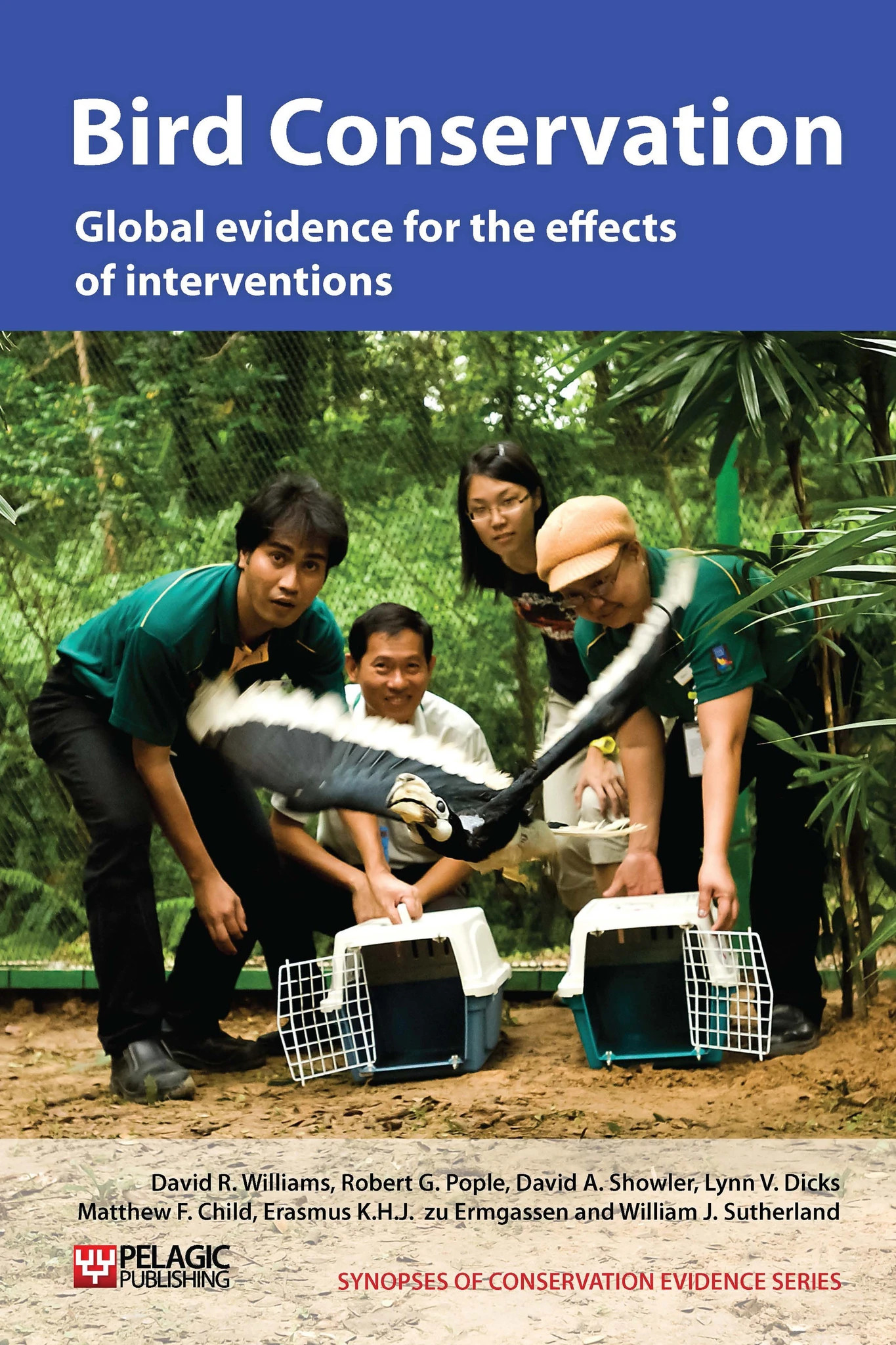Ensure translocated birds are familiar with each other before release
-
Overall effectiveness category Unknown effectiveness (limited evidence)
-
Number of studies: 2
View assessment score
Hide assessment score
How is the evidence assessed?
-
Effectiveness
0% -
Certainty
33% -
Harms
0%
Supporting evidence from individual studies
A controlled trial during 1992-3 on two islands (one offshore, one in a lake) in North Island, New Zealand (Armstrong 1995), found no evidence that a translocation using North Island robins Petroica australis longipes familiar with one another was more likely to succeed than a translocation using unfamiliar birds. Known female survival was similar for the two groups (three females from familiar groups and four from unfamiliar groups alive at the start of the breeding season, a total of 14 females released). All surviving females formed pairs. Aggression between territorial pairs was similar between treatments although it declined with the amount of time pairs had spent in proximity to each other. The lack of treatment effect may therefore have been due to rapid dispersal from the release sites (only 15 birds remained at their release site two weeks after release), meaning that birds did not interact for long with the birds they were released with. A total of 44 birds were moved in four groups: two groups totalling 21 birds were moved as ‘intact neighbourhoods’ comprising almost all birds from two locations; the remaining 23 birds were in two groups of similar sex ratios and sizes, but with birds from different areas.
Study and other actions testedA controlled trial during 1992-3 on an island in North Island, New Zealand (Armstrong & Craig 1995), found no evidence that a translocation using North Island saddlebacks Philesturnus carunculatus rufusater familiar with one another was more likely to succeed than a translocation using unfamiliar birds. A total of 36 birds were transferred in two groups of 18, one group (five pairs and eight juveniles) all from a single forest patch and the other (10 unmatched adults and eight juveniles) from multiple patches (all birds came from Tiritiri Matangi, a 135 ha offshore island). Familiar birds formed new pair bonds faster than unfamiliar pairs, although only one translocated pair remained together and overall pairing rates were similar between treatments. Survival (94% vs. 89% over six months for 18 familiar and 18 unfamiliar birds), dispersal (69% dispersal from the release site for 16 familiar birds vs. 59% for 17 unfamiliar birds) and reproductive output (3.1 fledglings/pair for seven familiar pairs vs. 4.0 fledglings/pair for six unfamiliar pairs) were similar between treatments. Birds were kept for two or three days during transport before being released 500 m apart.
Study and other actions tested
Where has this evidence come from?
List of journals searched by synopsis
All the journals searched for all synopses
This Action forms part of the Action Synopsis:
Bird Conservation
Bird Conservation - Published 2013
Bird Synopsis





)_2023.JPG)














